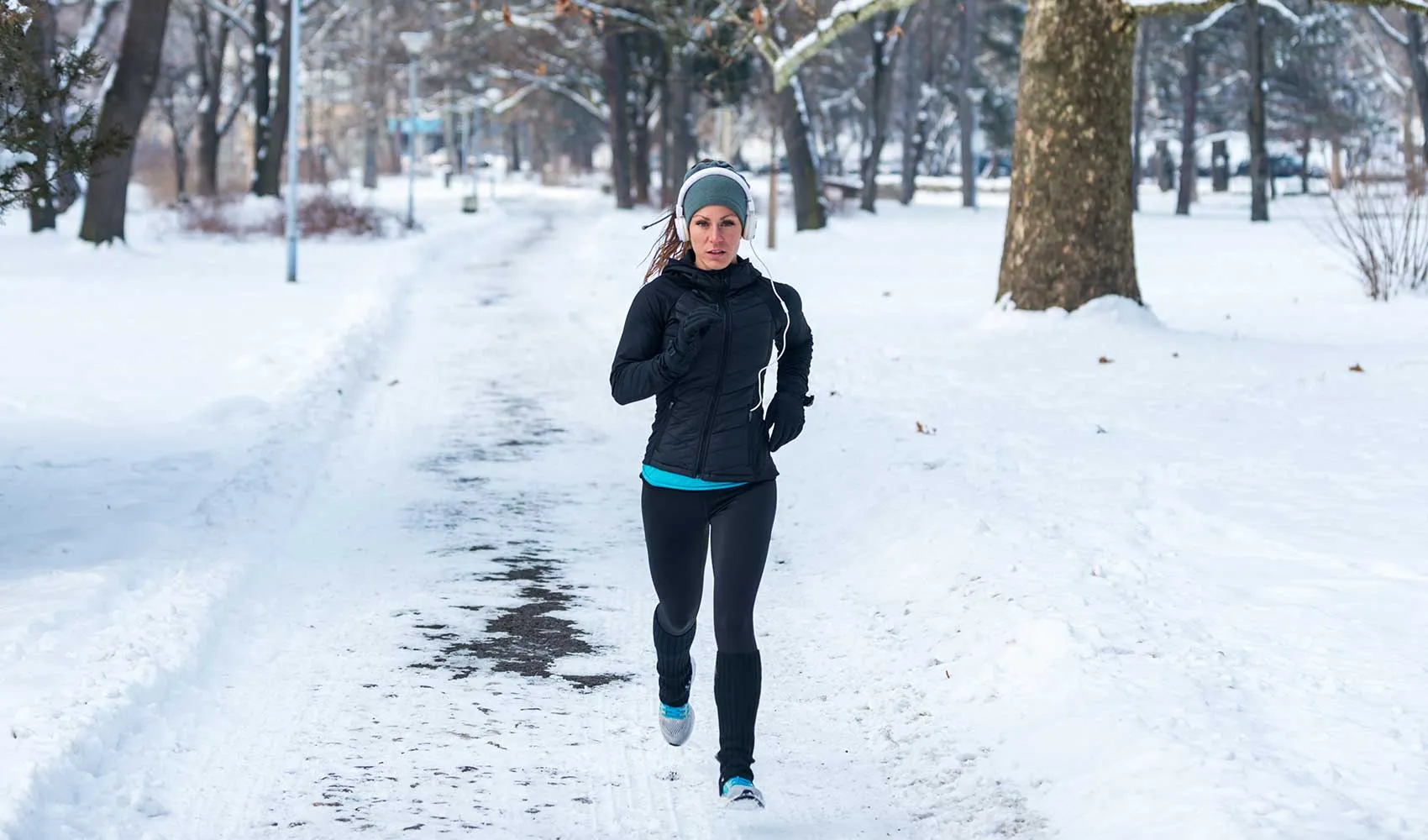
Tips for Outdoor Running in Winter
Running outdoors during winter can be invigorating and challenging at the same time. The crisp air and serene winter landscapes make for a unique running experience, but cold temperatures, icy conditions, and shorter daylight hours require thoughtful preparation. Whether you are a seasoned runner aiming to keep up your routine or a beginner interested in winter fitness, following key tips can help you stay safe, comfortable, and motivated throughout the season.
Preparing Your Body and Mind for Winter Running
Running in winter demands a different mindset compared to warmer months. The cold weather can discourage many from exercising outdoors, but understanding the benefits and adopting a positive attitude is essential. The chilly air improves oxygen intake, while running in daylight illuminates the winter landscape, boosting serotonin levels which help fight winter blues.
Before heading out, mental preparation is just as important as physical readiness. Set realistic goals, acknowledge weather conditions, and remind yourself of the health benefits. Keeping a running buddy or joining a winter running group can increase accountability and make runs more enjoyable.
Dressing for Success: Layering and Choosing the Right Gear
Proper clothing is probably the most critical factor for successful outdoor running during winter. The key is layering, which traps heat and allows moisture to escape without causing overheating.
Start with a moisture-wicking base layer to keep sweat away from your skin. A lightweight thermal shirt works well for this purpose. Next, add an insulating mid-layer such as a fleece jacket or wool sweater to provide warmth. Finally, use a windproof and water-resistant outer layer to protect you from wind, rain, or snow.
Do not forget accessories: thermal gloves, a running hat or headband covering your ears, and neck gaiters keep extremities warm, which are most vulnerable in cold weather. Running-specific shoes with good traction help prevent slips on icy or wet surfaces. Some runners prefer trail shoes or those with built-in spikes for added grip.
Warming Up and Cooling Down to Prevent Injury
Cold muscles are more susceptible to strains and injuries. Begin your run with a thorough warm-up indoors or in a sheltered area to gradually raise your heart rate and loosen muscles. Dynamic stretches and gentle jogging for 5–10 minutes can prepare your body for the exertion ahead.
After completing your run, take time to cool down with slow jogging or walking, followed by static stretching to maintain flexibility and reduce muscle tightness. Winter’s cold can stiffen muscles faster, making this step vital for recovery.
Safety Considerations: Visibility and Surface Awareness
Shorter daylight hours mean many winter runs happen in low-light conditions, increasing the risk of accidents. Wearing reflective clothing or gear equipped with LED lights enhances visibility to drivers and cyclists. Consider running with a headlamp or handheld flashlight in very dark environments.
Be cautious of slippery surfaces caused by ice, snow, or wet leaves. Choose well-maintained routes and avoid steep or uneven trails during winter. If conditions are hazardous, it’s safer to switch to indoor training or treadmill workouts.
Hydration and Nutrition in Cold Weather
Although you might not feel as thirsty in winter, staying hydrated is crucial. Cold air can dry out your body quickly, and sweating still occurs beneath winter clothing. Drink water before, during, and after your runs.
Nutrition also supports your energy and recovery. Incorporate warm, nutritious meals and snacks to fuel your body efficiently. Some runners enjoy warm beverages like herbal teas or broth post-run to restore warmth and hydration.
Motivation Strategies for Winter Running
Maintaining motivation in cold weather can be tough, but with the right strategies, you can stay consistent. Set achievable goals tailored for winter, such as improving your pace or increasing distance gradually.
Use technology like running apps or GPS watches to track progress and celebrate milestones. Listening to upbeat music or podcasts while running can boost energy and distract from discomfort.
Reward yourself with cozy post-run routines like stretching by a fireplace, indulging in a warm bath, or enjoying comfort foods.
Embracing the unique beauty and challenges of winter running enriches your experience and keeps you active year-round. With adequate preparation, appropriate gear, and a positive mindset, outdoor running in winter can become one of your favorite seasonal activities.





